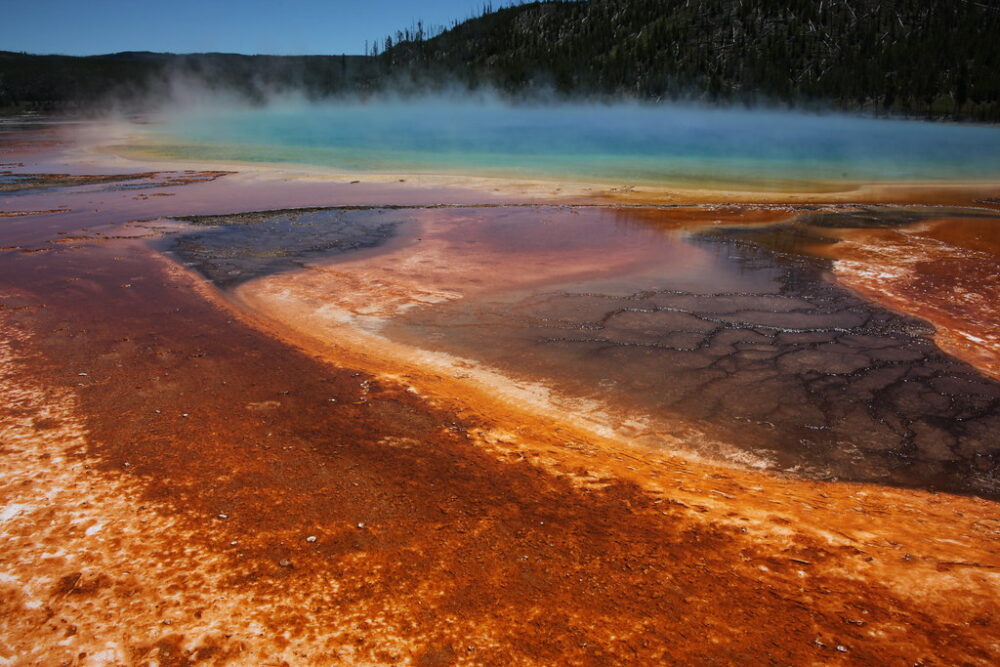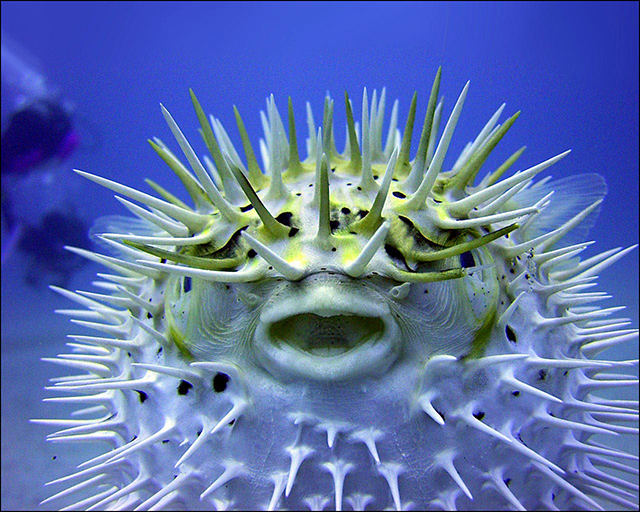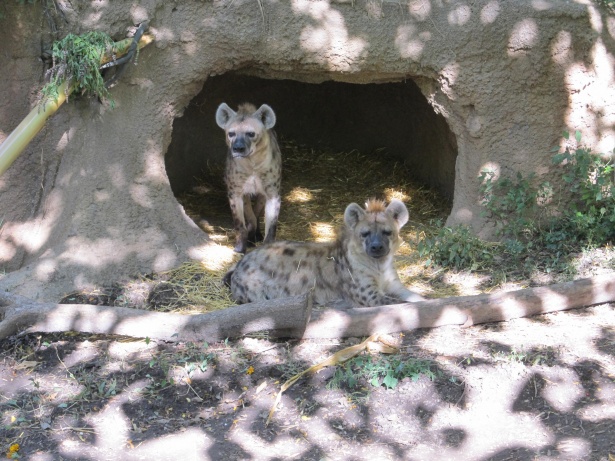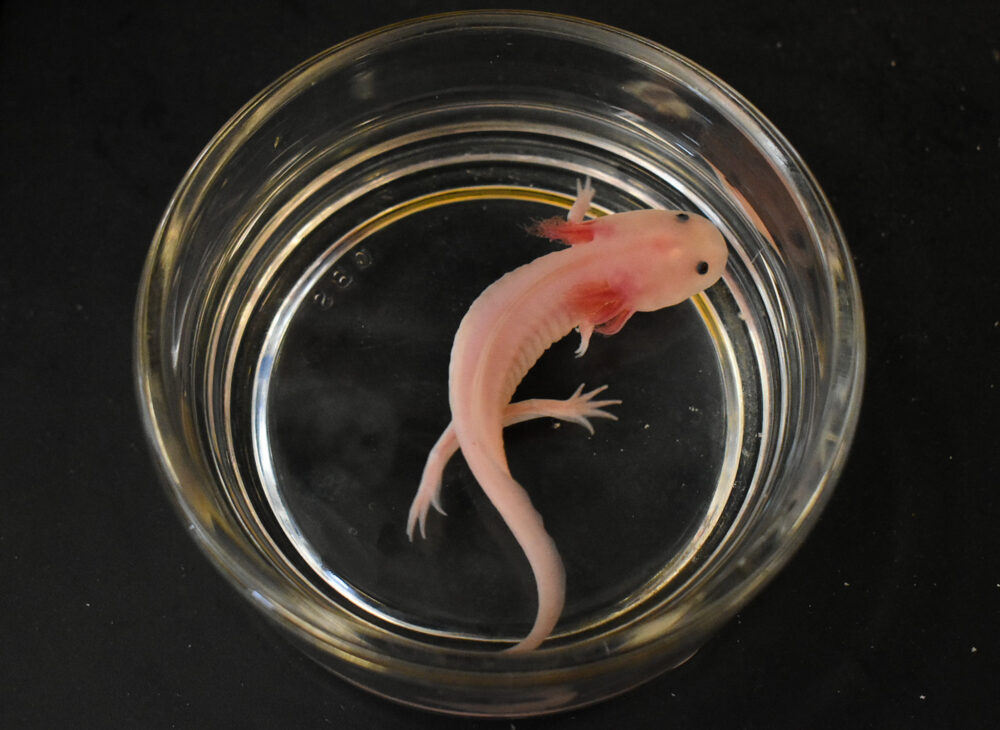Polar plunge: No pain no gain
In the dead of winter, the Atlantic Ocean can reach a frigid 37 degrees Fahrenheit. Diving into this water would immediately activate the cold receptors beneath your skin, causing you to experience a “cold shock.” This reaction has the potential to be lethal. First, it triggers an involuntary gasp of air, followed by hyperventilation. This […]
Polar plunge: No pain no gain Read More »








